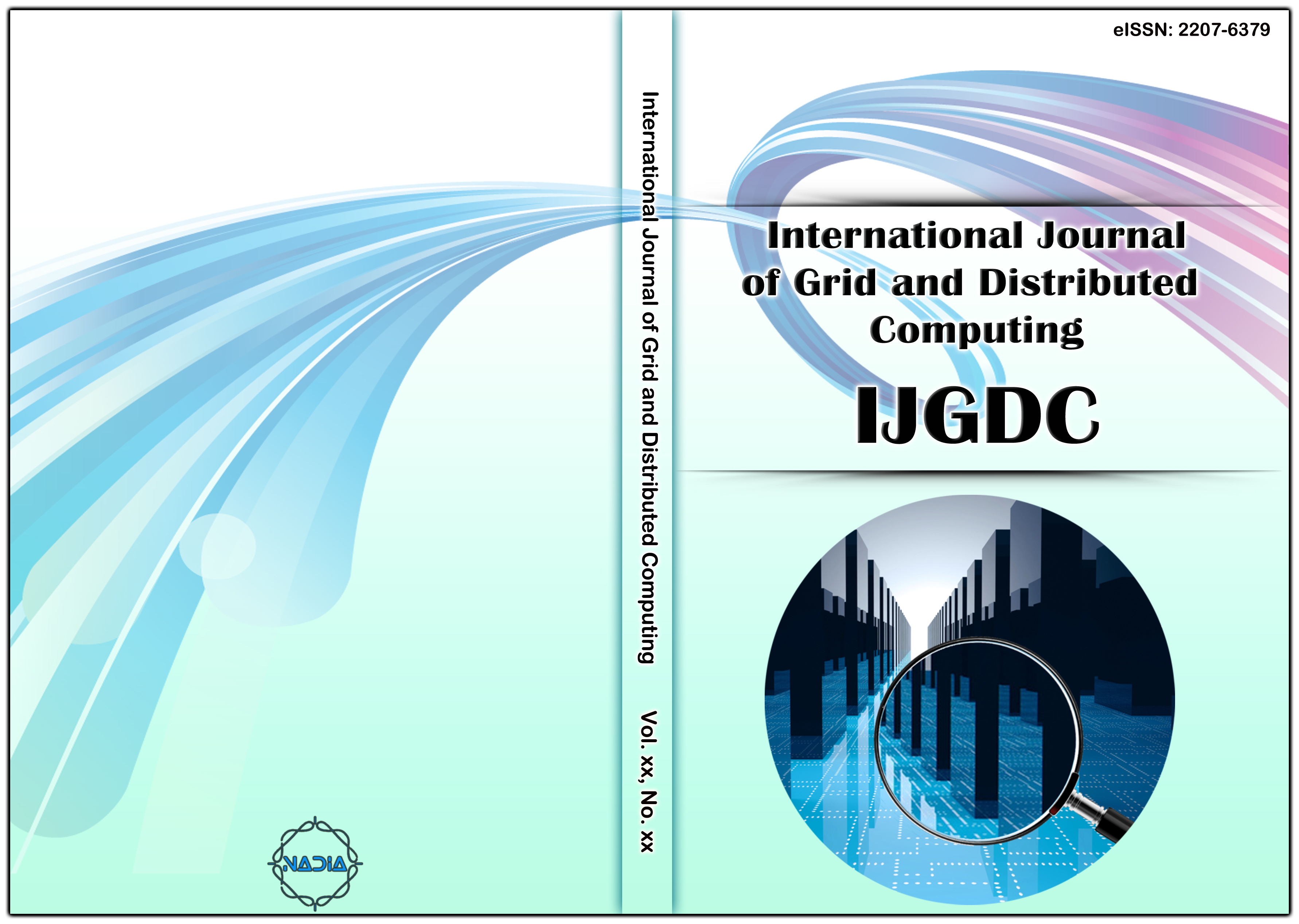[1] Developments in the Last Century, the Present Scenario, and the Expected Future of Autonomous Vehicle Technology. Proceedings of the 12th International Conference on Informatics in Control, Automation and Robotics. doi: 10.5220/0005540501910198.
[2] Thorpe, C., Hebert, M., Kanade, T. and Shafer, S., “Vision and Navigation for the Carnegie Mellon Navlab”, High Precision Navigation, pp. 97-122, doi:10.1007/978-3-642-74585-0_6.
[3] Ryan, M., “The Future of Transportation: Ethical, Legal, Social and Economic Impacts of Self-driving Vehicles in the Year 2025”, Science and Engineering Ethics, (2019), doi: 10.1007/s11948-019-00130-2.
[4] Levinson, J., Askeland, J., Becker, J., Dolson, J., Held, D., Kammel, S. and Thrun, S., “Towards fully autonomous driving: Systems and algorithms”, 2011 IEEE Intelligent Vehicles Symposium (IV), (2011), doi:10.1109/ivs.2011.5940562.
[5] Dethe, S. N., Shevatkar, V. S. and Bijwe, R. P., “Google Driverless Car”, International Journal of Scientific Research in Science, Engineering and Technology, (2016).
[6] Asvadi, A., Premebida, C., Peixoto, P. and Nunes, U., “3D Lidar-based static and moving obstacle detection in driving environments: An approach based on voxels and multi-region ground planes”, Robot, Auton. Syst., vol. 83, (2016), pp. 299-311.
[7] Zhao, G., Xiao, X., Yuan, J. and Ng, G. W., “Fusion of 3D-LIDAR and camera data for scene parsing”, J. Vis. Commun. Image Represent, vol. 25, (2014), pp. 165-183.
[8] Moosmann, F., Pink, O. and Stiller, C., “Segmentation of 3D lidar data in non-flat urban environments using a local convexity criterion”, In Proceedings of the 2009 IEEE Intelligent Vehicles Symposium, Xi’an, China, (2009) June 3-5, pp. 215-220.
[9] Park, H., “Implementation of Lane Detection Algorithm for Self-driving Vehicles Using Tensor Flow”, In book: Innovative Mobile and Internet Services in Ubiquitous Computing, pp. 438-447, DOI: 10.1007/978-3-319-93554-6_42.
[10] Shao, F., Wang, X., Meng, F., Rui, T., Wang, D. and Tang, J., “Real-Time Traffic Sign Detection and Recognition Method Based on Simplified Gabor Wavelets and CNNs. Sensors”, (2018), Doi: 10.3390/s18103192.
[11] Research on traffic sign detection algorithm based on deep learning [Quan Wang Weiping Fu First published: 03 August 2018] https://doi.org/10.1002/cpe.4675.
[12] Wu, B., Iandola, F., Jin, P. H. and Keutzer, K., “SqueezeDet: Unified, Small, Low Power Fully Convolutional Neural networks for Real-Time Object Detection for Autonomous Driving”, IEEE Conference on Computer Vision and Pattern Recognition Workshops (CVPRW), (2017), DOI: 10.1109/CVPRW.2017.60.
[13] Kelly, A., “Mobile Robotics”, Cambridge University Press: New York, NY, USA, (2013).
[14] Najjar, M. E. E., “A Road-Matching Method for Precise Vehicle Localization Using Belief Theory and Kalman Filtering”, Auton. Robots, vol. 19, (2005), pp. 173-191.
[15] Guivant, J. and Katz, R., “Global urban localization based on road maps”, In Proceedings of the IEEE International Conference on Intelligent Robots and Systems (IROS), San Diego, CA, USA, (2007) October 29-November 2.
[16] Javanmardi, E., Gu, Y., Javanmardi, M. and Kamijo, S., “Autonomous vehicle self-localization based on abstract map and multi-channel LiDAR in urban area”, IATSS Research, (2018), doi:10.1016/j.iatssr.2018.05.001.
[17] Dhirani, L. L., Newe, T. and Nizamani, S., “Hybrid Cloud Computing QoS Glitches”, 2018 5th International Multi-Topic ICT Conference (IMTIC), Jamshoro, (2018), pp. 1-6, doi: 10.1109/IMTIC.2018.8467224.
